Soran A. Saeed
A comprehensive review and evaluation on text predictive and entertainment systems
Jan 08, 2022Abstract:One of the most important ways to experience communication and interact with the systems is by handling the prediction of the most likely words to happen after typing letters or words. It is helpful for people with disabilities due to disabling people who could type or enter texts at a limited slow speed. Also, it is beneficial for people with dyslexia and those people who are not well with spells of words. Though, an input technology, for instance, the next word suggestion facilitates the typing process in smartphones as an example. This means that when a user types a word, then the system suggests the next words to be chosen in which the necessary word by the user. Besides, it can be used in entertainment as a gam, for example, to determine a target word and reach it or tackle it within 10 attempts of prediction. Generally, the systems depend on a text corpus, which was provided in the system to conduct the prediction. Writing every single word is time-consuming, therefore, it is vitally important to decrease time consumption by reducing efforts to input texts in the systems by offering most probable words for the user to select, this could be done via next word prediction systems. There are several techniques can be found in literature, which is utilized to conduct a variety of next word prediction systems by using different approaches. In this paper, a survey of miscellaneous techniques towards the next word prediction systems will be addressed. Besides, the evaluation of the prediction systems will be discussed. Then, a modal technique will be determined to be utilized for the next word prediction system from the perspective of easiness of implementation and obtaining a good result.
* 42 pages
Evaluating e-Government Services in Kurdistan Institution for Strategic Studies and Scientific Research Using the EGOVSAT Model
May 06, 2021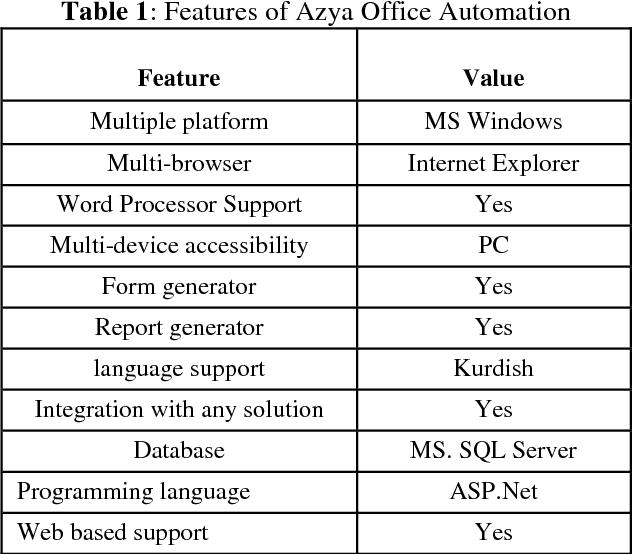
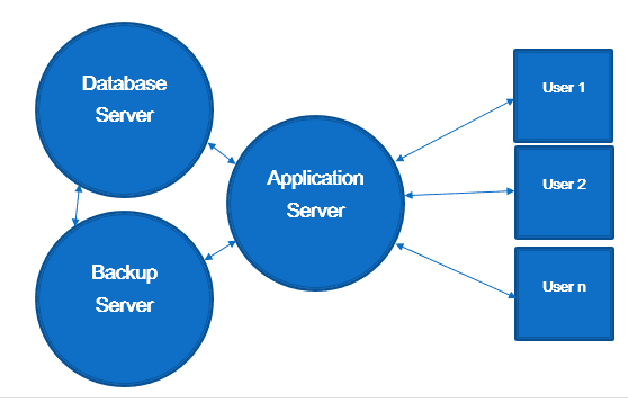
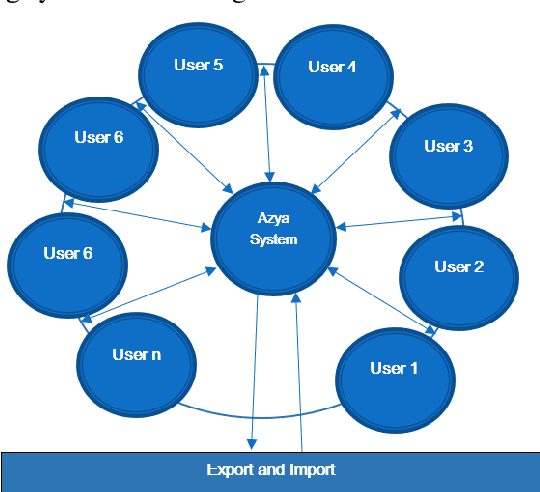
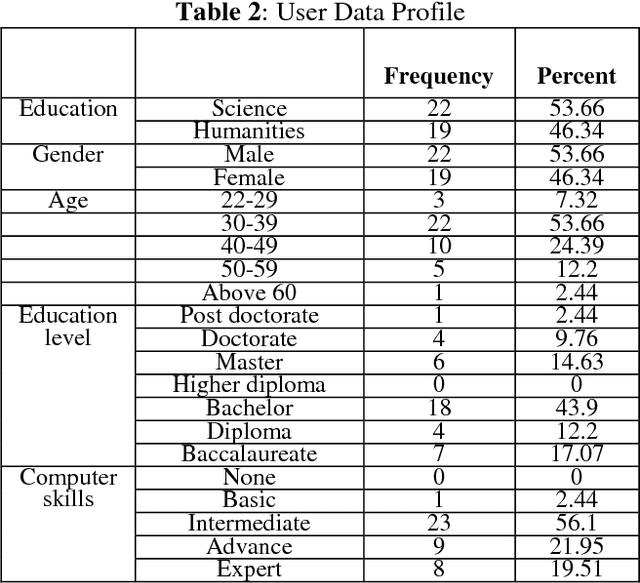
Abstract:Office automation is an initiative used to digitally deliver services to citizens, private and public sectors. It is used to digitally collect, store, create, and manipulate office information as a need of accomplishing basic tasks. Azya Office Automation has been implemented as a pilot project in Kurdistan Institution for Strategic Studies and Scientific Research (KISSR) since 2013. The efficiency of governance in Kurdistan Institution for Strategic Studies and Scientific Research has been improved, thanks to its implementation. The aims of this research paper is to evaluate user satisfaction of this software and identify its significant predictors using EGOVSAT Model. The user satisfaction of this model encompasses five main parts, which are utility, reliability, efficiency, customization, and flexibility. For that purpose, a detailed survey is conducted to measure the level of user satisfaction. A total of sixteen questions have distributed among forty one users of the software in KISSR. In order to evaluate the software, three measurement have been used which are reliability test, regression analysis and correlation analysis. The results indicate that the software is successful to a decent extent based on user satisfaction feedbacks obtained by using EGOVSAT Model.
Next word prediction based on the N-gram model for Kurdish Sorani and Kurmanji
Jul 27, 2020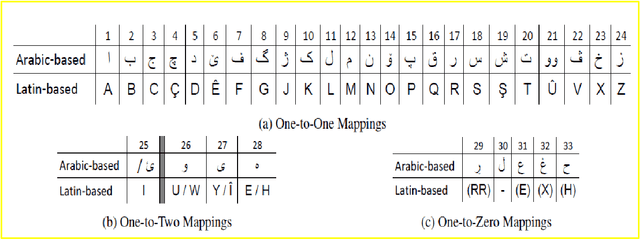

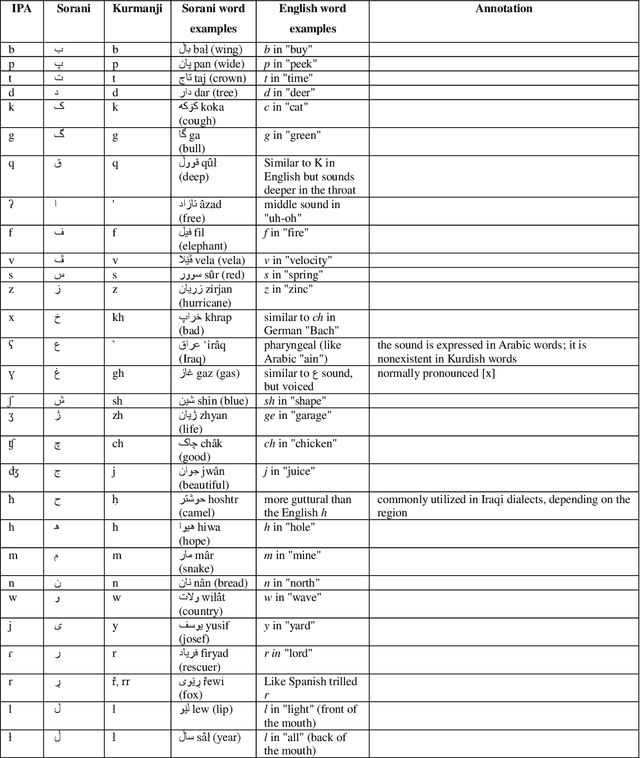
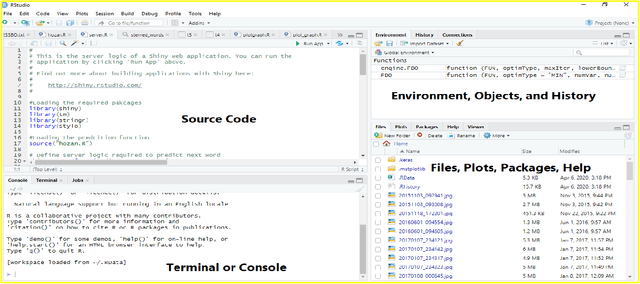
Abstract:Next word prediction is an input technology that simplifies the process of typing by suggesting the next word to a user to select, as typing in a conversation consumes time. A few previous studies have focused on the Kurdish language, including the use of next word prediction. However, the lack of a Kurdish text corpus presents a challenge. Moreover, the lack of a sufficient number of N-grams for the Kurdish language, for instance, five grams, is the reason for the rare use of next Kurdish word prediction. Furthermore, the improper display of several Kurdish letters in the Rstudio software is another problem. This paper provides a Kurdish corpus, creates five, and presents a unique research work on next word prediction for Kurdish Sorani and Kurmanji. The N-gram model has been used for next word prediction to reduce the amount of time while typing in the Kurdish language. In addition, little work has been conducted on next Kurdish word prediction; thus, the N-gram model is utilized to suggest text accurately. To do so, R programming and RStudio are used to build the application. The model is 96.3% accurate.
* 37 pages
 Add to Chrome
Add to Chrome Add to Firefox
Add to Firefox Add to Edge
Add to Edge